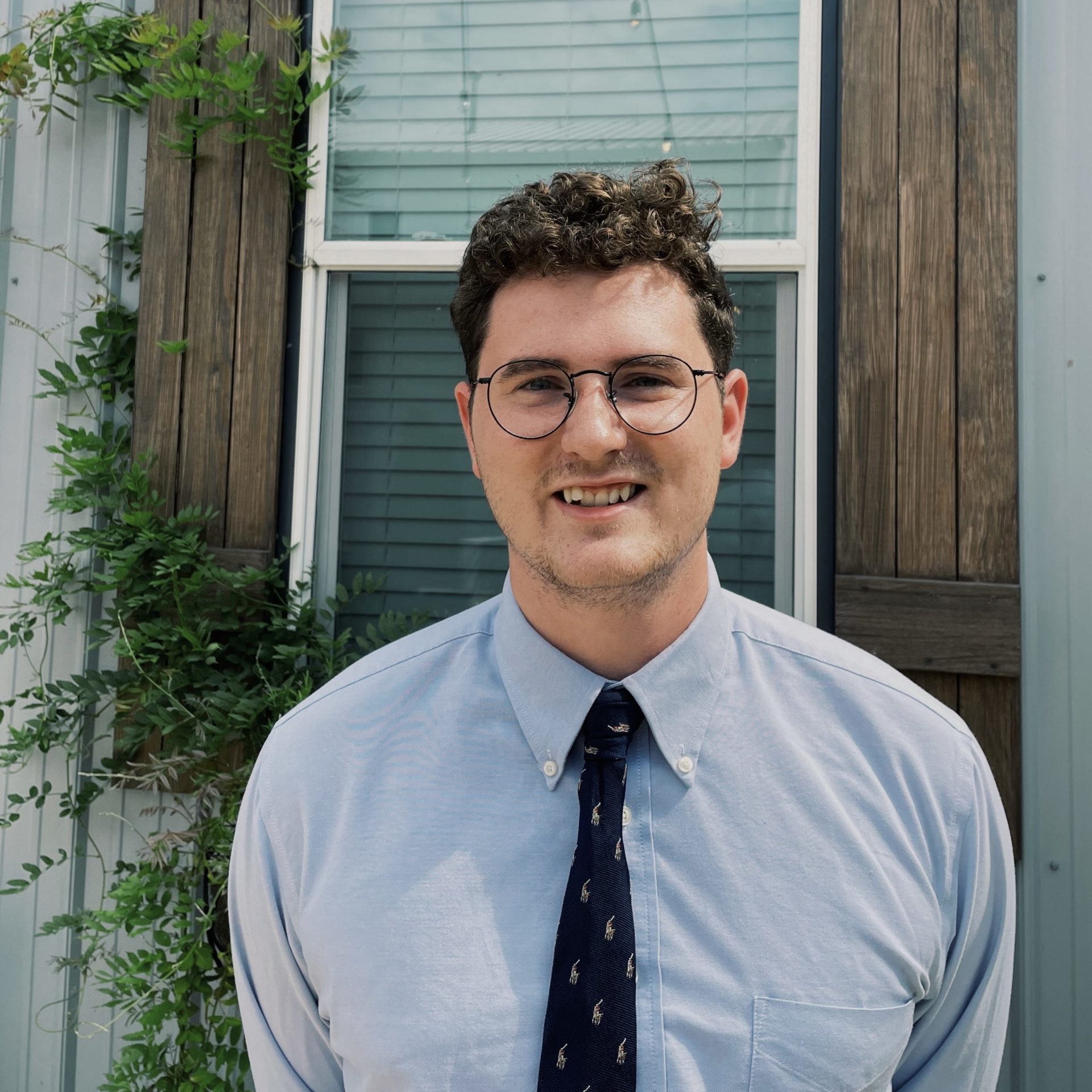On Tuesday, June 21st, 2022, Washington, D.C. mayor Muriel Bowser won the city’s Democratic primary, all but guaranteeing her re-election in November. If she is reelected, she would be the second mayor in city history to achieve three consecutive terms; tying with the city’s infamous former mayor, Marion Barry. While the bulk of the political air during the primary race between Bowser and her opponents was devoted to formulating solutions to the rise in violent crime in Washington, polls have shown that voters are also deeply concerned with rampant increases in housing costs. Washingtonians’ housing woes are not unjustified; local and national data show clearly why so many residents have developed a fear for the future of affordable housing in the city. Presently, the median rent for a two-bedroom apartment in D.C. is $1,815, well above the national average of $1,360. Over the past year, rents in the district have seen an overall 4.1% increase. Also, surrounding cities such as Arlington have seen a 7.3% annual growth and the median two-bedroom rent is $2,560. While it is true that rent increases are occurring nationally, rapid increases in development and demand for upscale, luxury apartments in D.C. have driven median rents to levels considered higher than normal.
As is the case in many cities experiencing rising housing costs, the economic burden of this crisis has been felt disproportionately along the lines of race and class. Overall, there is a $156,000 gap in median home value between Black and white residents. Additionally, Black residents are nearly two times as likely to be rent-burdened — meaning that housing costs eat up 30% or more of a residents’ household income. Both factors contribute to the difficulties Black residents in D.C. experience when trying to accumulate generational wealth through homeownership, further exacerbating economic inequities in the district.
How Did We Get Here?
The disparities along the lines of race and class in Washington, D.C.’s housing market is not a side-effect, but rather an intentional, baked-in component of the built environment seen today. Beginning in the 1960s, according to Howard Gillette’s work in his book Between Justice and Beauty, city housing officials razed a significant portion of the houses in the southwest quadrant of D.C., a predominantly low-income, Black neighborhood, and built new developments. Of the 5,900 new units constructed, only 310 could be classified as moderate-income level housing. The rest were specifically designed to attract individuals in higher-income brackets to the city. This policy, known as urban renewal, effectively displaced Black incumbent residents disproportionately and disrupted their communities and families.
While many of Washington, D.C.’s mayors have historically supported social safety net programs aimed at mitigating the effects of urban renewal, such as youth development and social welfare programs, they have also played directly into the hands of property developers responsible for increasing gentrification and housing costs in the district. Marion Barry’s administration, for example, played a crucial role in making aggressive deals with property development enterprises at the same time as it implemented employment programs for underserved youth. The development companies the administration worked with primarily sought to transform downtown into a corporate business district aimed at attracting wealthy residents and corporations to the city. For example, the Oliver Carr Company — with the aid of Marion Barry’s administration — constructed nearly 20 projects from downtown to the West End totaling more than 5 million square feet. Those included Metropolitan Square, the Willard Hotel, and the Hecht’s department store. The influx of high-earning individuals to the city’s core drove up housing costs and displaced lower-income residents who could not afford new rent price hikes. The result was another wave of urban renewal in the district and a city which is rapidly losing its Black population to gentrifying forces. In the past, Washington had one of the largest concentrations of Black residents in a city in the nation, now, the city’s population is only about 45% Black.
Mayor Bowser’s tenure as mayor has followed similar themes as Marion Barry’s. While in office, Mayor Bowser has flaunted policies such as her half-million-dollar public programming aimed towards providing disadvantaged youth with financial assistance to cover the cost of after school, weekend, summer and other out-of-school time programs and activities. The Bowser administration, however, also provided a $198 million subsidy to construct a new property development called “The Wharf” in Southwest, D.C. and sold the land to Paramount Development for $1. This real-estate boom in Southwest came on the doorstep of some of the city’s most economically vulnerable populations such as the Greenleaf Gardens Community, a public housing complex spanning fifteen acres. The development at The Wharf displaced residents already facing pressures associated with rising gentrification. In Southwest, the population had doubled from 2000 to 2016, but the share of low-income households dropped from nearly 39% to 20%. Black households have been the only racial group in that area to see their population decline.
What is the Fate of Affordable Housing in D.C.?
With Muriel Bowser likely continuing her tenure as Washington, D.C.’s mayor after the general election in November, the forces of gentrification and public partnerships with private property development companies will likely continue. Mayor Bowser’s push to implement social programs will likely also continue, but the root causes of displacement which have led to the poverty and inequity the city is currently facing will not be addressed. While public subsidization of property development is catering to affluent individuals seeking to move into the city, incumbent residents will feel the same pressures of gentrification they have felt for decades. The city desperately needs an administration which will prioritize the residents already in place, create affordable housing opportunities, and generate economic prosperity that is shared equitably.



0 Comments